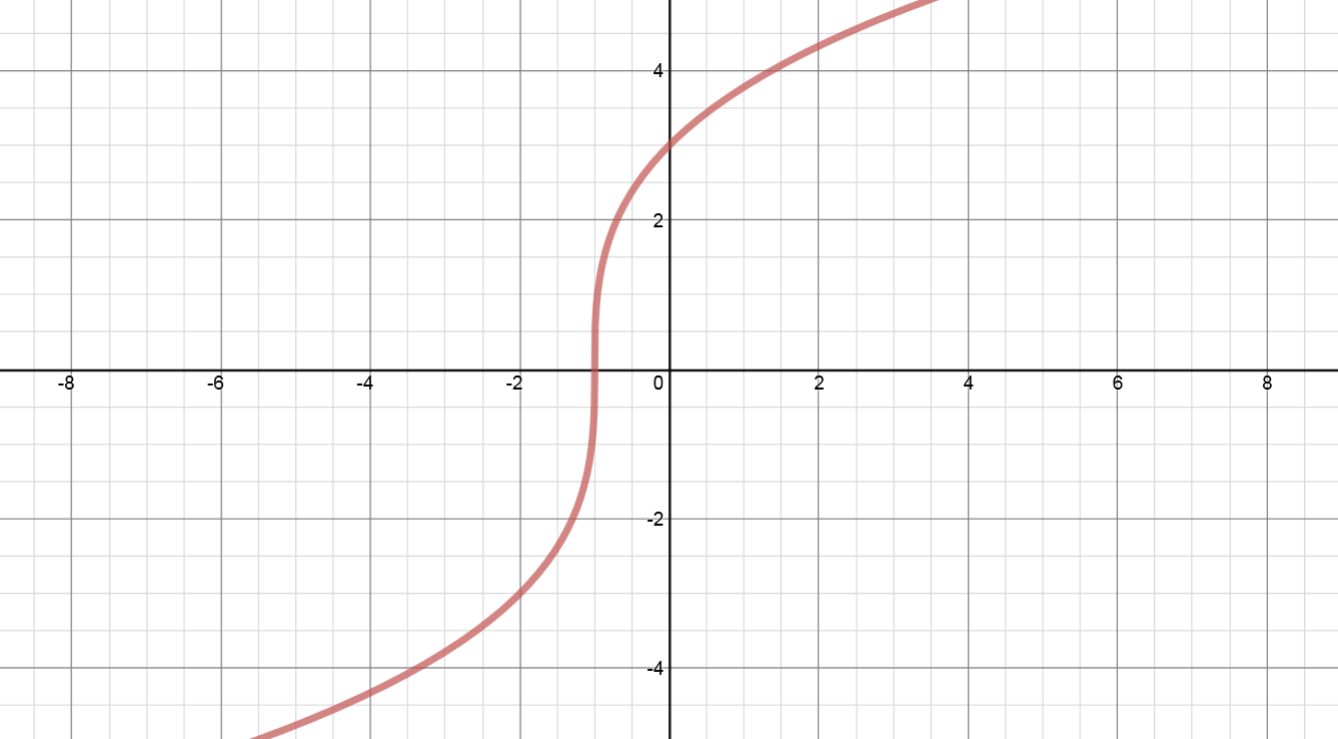Transformations of functions: Horizontal translations
Everything You Need in One PlaceHomework problems? Exam preparation? Trying to grasp a concept or just brushing up the basics? Our extensive help & practice library have got you covered. | Learn and Practice With EaseOur proven video lessons ease you through problems quickly, and you get tonnes of friendly practice on questions that trip students up on tests and finals. | Instant and Unlimited HelpOur personalized learning platform enables you to instantly find the exact walkthrough to your specific type of question. Activate unlimited help now! |
Make math click 🤔 and get better grades! 💯Join for Free
Get the most by viewing this topic in your current grade. Pick your course now.
Examples
Lessons
-
- Sketch the following functions on the same set of coordinate axes:
VS. VS. - Compared to the graph of :
• the graph of is translated "horizontally" ________ units to the ______________.
• the graph of is translated "horizontally" ________ units to the ______________.
- Sketch the following functions on the same set of coordinate axes:
- Horizontal Translations
Given the graph of as shown, sketch:- In conclusion:
• : shift __________ to the __________. All x coordinates ____________________
• : shift __________ to the __________. All x coordinates ____________________







